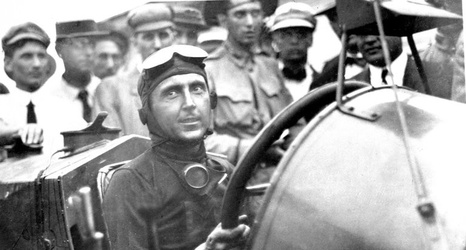When the 40 racecars lined up for the first Indianapolis 500, on May 30, 1911, 39 of them had something in common: There were two men onboard. In the 40th car sat Ray Harroun, all by himself.
Harroun went on to win the race, at least in part because of the aerodynamic advantages his one-man car gave him. But that is not why other drivers protested before the race. They were worried about safety.
One of the key jobs of the second man in a racecar, who was known as a riding mechanic, was to look backward and alert the driver to what was going on behind him.
